10 Spanish Train Travel Tips Every Visitor Should Know

Spain’s rail system is one of Europe’s most efficient and enjoyable ways to explore the country. With high-speed AVE trains connecting major cities and regional routes winding through olive groves and coastal villages, the journey becomes part of the adventure. It’s fast, scenic, and surprisingly affordable, if you know a few insider tips. Whether you’re planning your first ride from Madrid to Seville or simply want to avoid common mistakes, these ten travel tips will help you ride smarter, relax more, and fully embrace the charm and rhythm of train travel in Spain.
Book AVE Tickets Early for the Best Fares

Spain’s high-speed AVE trains offer speed and comfort but not always at a bargain if you book late. For the best fares, buy your tickets 60 to 90 days in advance. Popular routes like Madrid to Barcelona or Seville can jump in price as departure day nears, especially around weekends or holidays. Early booking not only saves you money but ensures you get a seat on sold-out trains. Some routes also offer Promo fares with serious discounts if you snag them early. If your dates are fixed, don’t wait book ahead and use those extra euros for tapas or a night in a Spanish inn.
Choose Between Renfe and Regional Lines
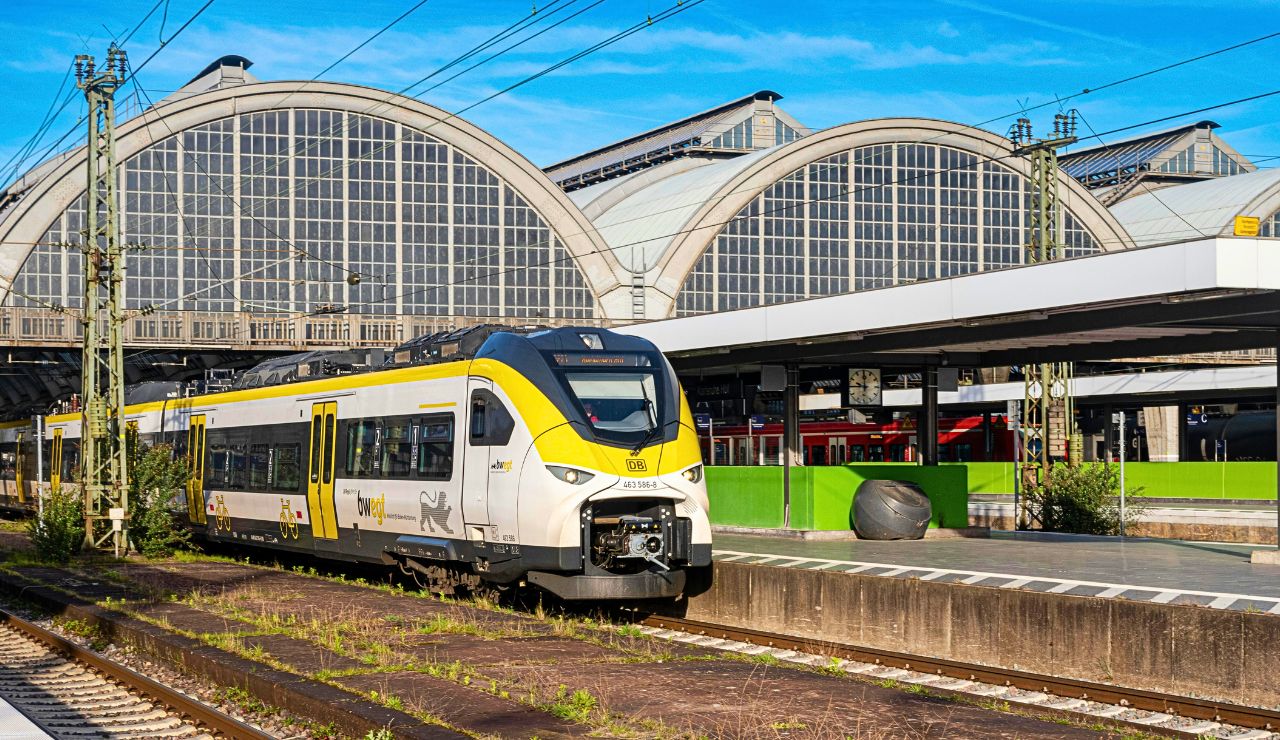
Spain’s national rail system, Renfe, operates the sleek AVE and Alvia trains for fast intercity travel, but don’t overlook the charm of regional services. Cercanías and Media Distancia lines connect smaller towns and countryside spots at a much lower cost. While they move slower, they often offer stunning views, fewer crowds, and a more local feel. If you’re more into soaking up Spain’s landscapes and everyday life than racing from city to city, these routes are ideal. They’re perfect for side trips and slow travel that lets you connect with places most tourists miss.
Use Spain’s Renfe App for Smooth Travel

The Renfe app is your best travel companion when navigating Spain’s rail system. Available in English, it lets you buy and manage tickets, check real-time schedules, and see platform details without waiting in line at the station. You’ll also get alerts about delays or changes and can view your seat assignments instantly. Be sure to create an account before your trip for smoother access. While digital tickets are usually fine, it’s smart to save a PDF or print a copy especially for long-distance routes, where conductors may ask for backup proof. A little prep goes a long way on Spanish rail.
Know When to Validate Your Ticket
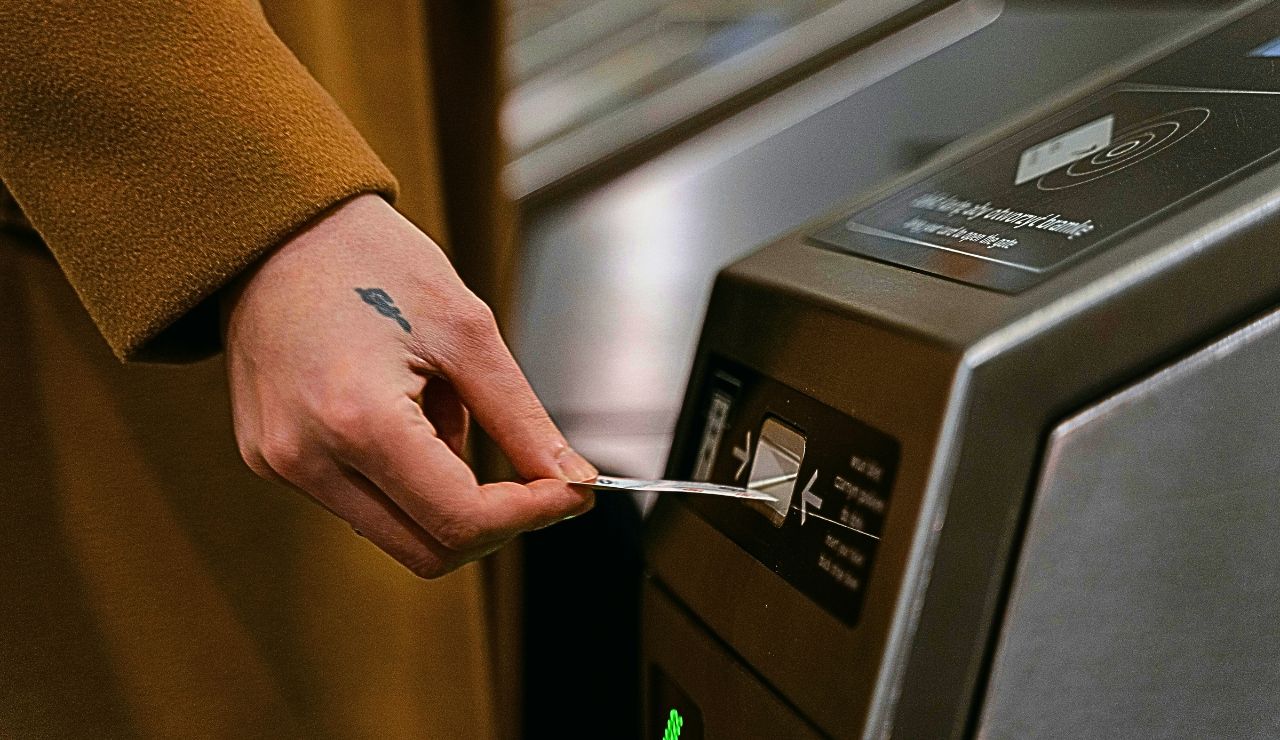
If you’re taking regional or suburban trains in Spain, don’t forget to validate your ticket before boarding. Look for small yellow or orange machines near the entrance to the platforms, this quick step timestamps your ticket and proves it’s in use. Skipping it, even by accident, can lead to unexpected fines. AVE and most long-distance tickets don’t need validation since they’re scanned digitally by staff, but it’s always smart to check the rules for your specific route. When in doubt, ask a staff member or follow what local commuters are doing. One quick scan can save you a major headache.
Go First Class for Extra Comfort on Long Trips

For longer trips, upgrading to Preferente (first class) on AVE or Alvia trains can be well worth it. Book early and the price jump is often minimal especially compared to the comfort you gain. Expect spacious leather seats, fewer passengers, and quieter cars. On some routes, you’ll get lounge access at major stations and a complimentary meal or drink service onboard. It’s an ideal choice if you want to relax, work, or simply enjoy uninterrupted views of olive groves and castles as you glide through Spain. For a few extra euros, the experience feels truly awesome.
Arrive Early at Larger Stations
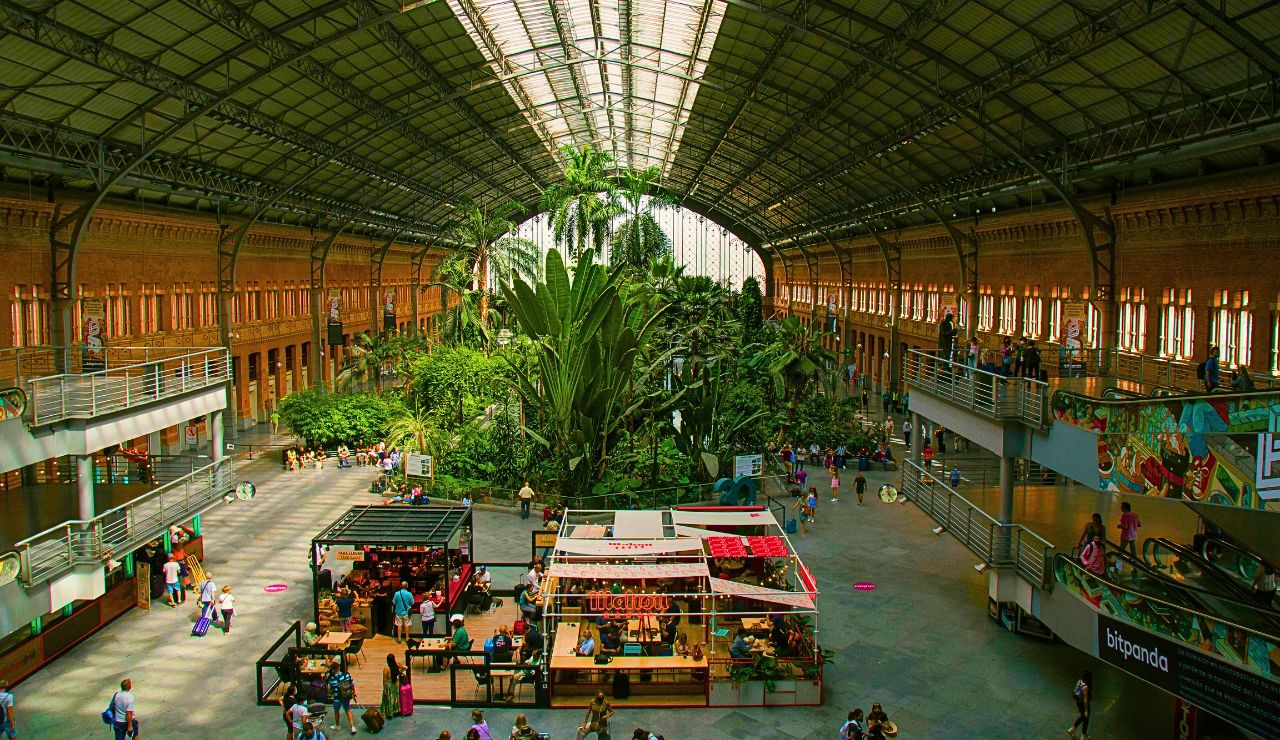
While Spain’s smaller stations are often quick to navigate, major hubs like Madrid Atocha, Barcelona Sants, or Sevilla Santa Justa can be busy, confusing, and time-consuming. Arrive at least 30 to 45 minutes early, especially if you’re taking a high-speed AVE train that requires a security check. Factor in time for long hallways, escalators, platform changes, or finding elevators if you have luggage. Platforms typically open 15–20 minutes before departure, and boarding ends quickly. Unlike a metro, these trains don’t wait, give yourself a buffer and board stress-free.
Pack Snacks, Dining Cars Vary

Food service on Spanish trains varies widely some high-speed routes have dining cars or snack carts, while many regional and late-night trains offer nothing at all. To avoid going hungry (or overpaying), bring your own snacks or a simple meal. Local bakeries near stations are perfect for grabbing jamón bocadillos, empanadas, or pastries to-go. A refillable water bottle, fruit, and something salty can make even a long trip feel more comfortable. If you’re traveling with kids or have dietary needs, packing ahead is a smart move. Think of it as part of your own little train picnic.
Understand Station Layouts and Platforms
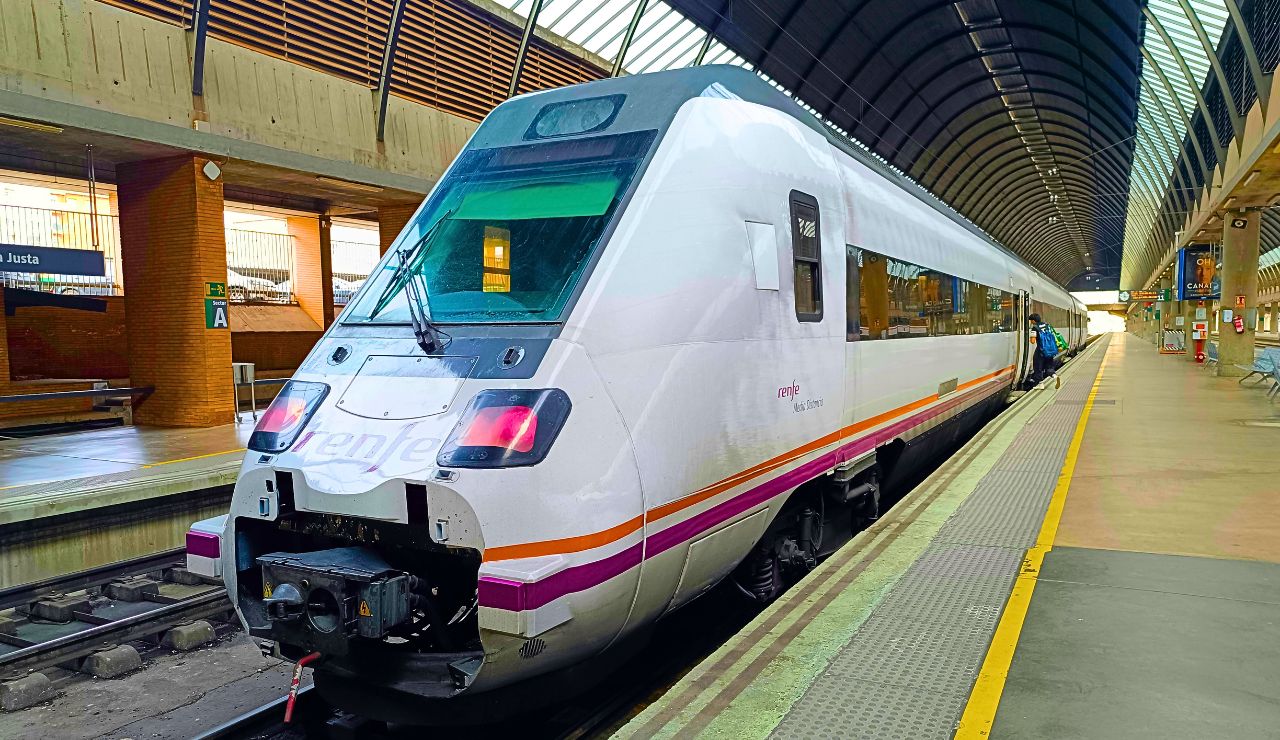
Spanish train stations can be surprisingly complex, especially in major cities. Platforms are called “vias” and may be split between levels or sections for Cercanías, regional, and AVE trains. Don’t assume your platform will be easy to spot check the digital departure boards closely, and follow signage carefully. Some AVE platforms have gated access that requires scanning your ticket. If you’re confused, don’t hesitate to ask a Renfe staff member or a fellow passenger, locals are usually helpful. Giving yourself time to navigate can mean the difference between calm and chaos.
Expect Security Checks on High-Speed Routes

Spain’s AVE and long-distance trains include airport-style security checks before boarding—a unique step compared to many other European rail systems. You’ll pass your bags through an X-ray machine, though there’s no need to remove liquids or electronics. The process is quick and efficient, but at major stations like Madrid Atocha or Barcelona Sants, lines can build up. Arrive a bit early 15 to 30 minutes should do, to avoid last-minute stress. While it’s less strict than airport security, it’s still mandatory and easy to overlook if you’re used to jumping straight on a train.
Embrace Scenic Slow Routes Like the Feve
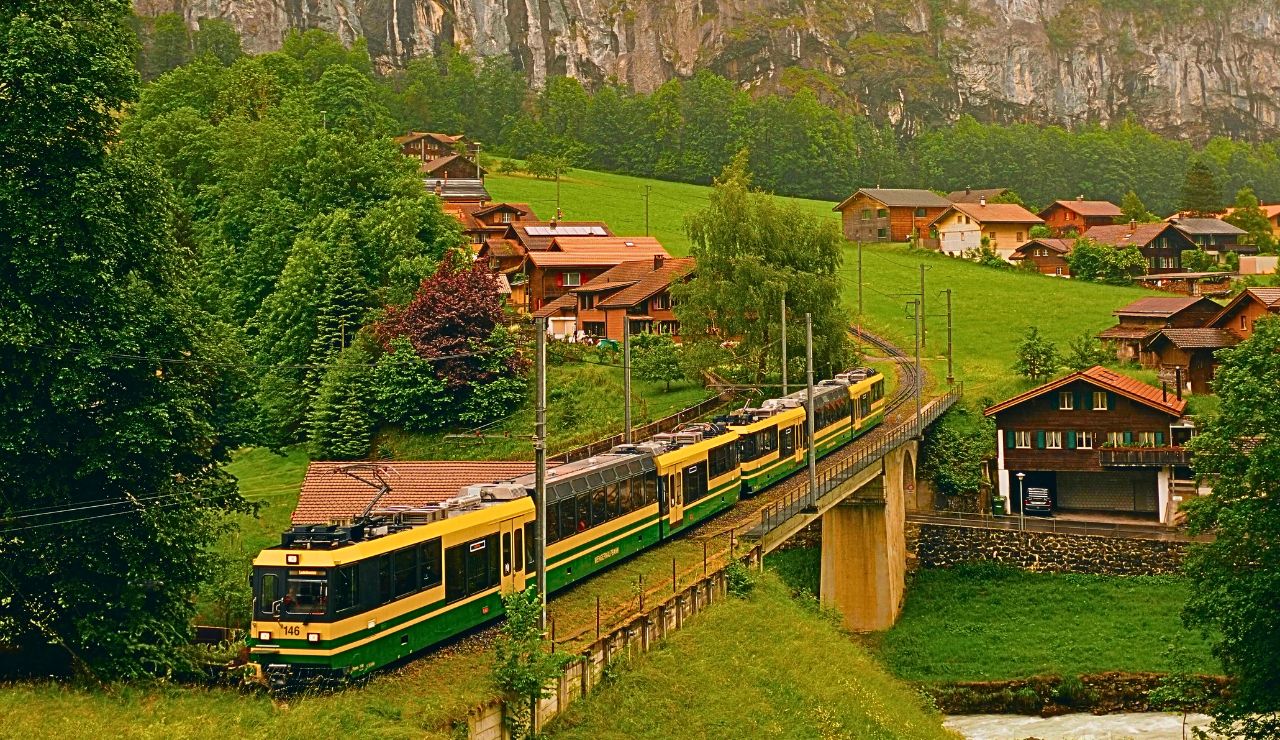
If time is on your side, hop on a Feve train in northern Spain for one of the country’s most scenic and underrated travel experiences. These narrow-gauge trains move slowly through lush green valleys, fishing villages, and rugged coastal landscapes. Routes like Bilbao to Santander or Oviedo to Ferrol offer a peaceful, unhurried view of rural life, with stops in towns you won’t find in most guidebooks. While they’re slower than AVE or Alvia, Feve trains are perfect for travelers who value the journey as much as the destination. It’s Spain at its most tranquil and authentic.